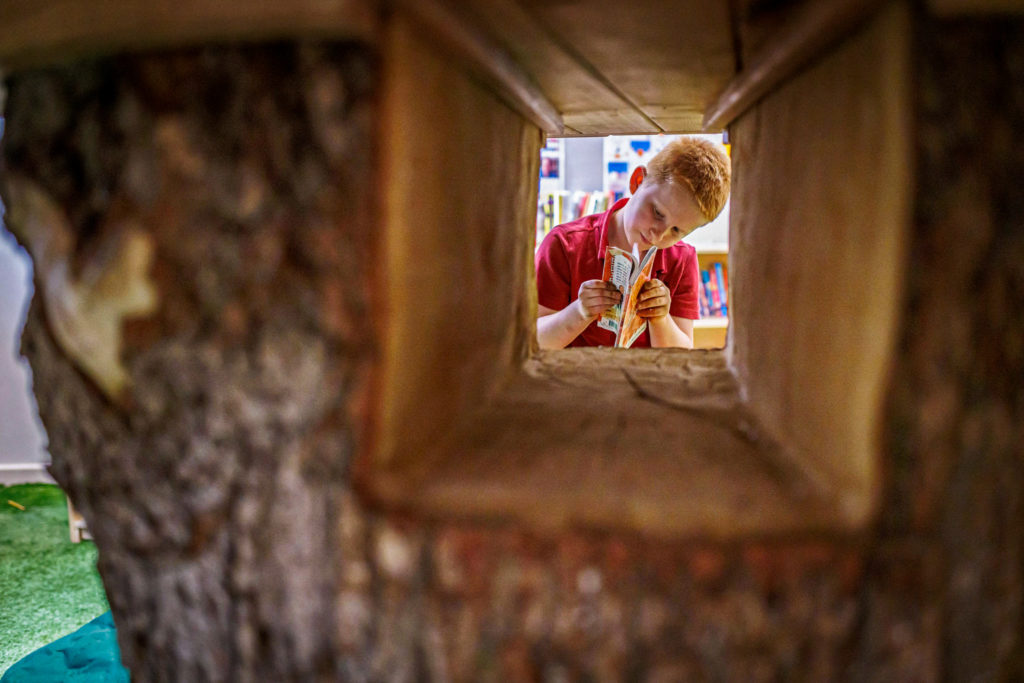Find out why quiet areas matter and how to integrate a quiet area in your school playground.
There has been more recognition of neurodiversity, acknowledging and respecting the different ways our brains function in recent years. This shift in understanding has brought a change in how we interact with our environments, particularly in spaces for children. This brings us to the concept of creating ‘quiet play’ areas which offer a space for children to relax or simply take a break from sensory overload.
A recent study showed that unstructured quiet play is crucial for children in their preschool years. It significantly improves their self-regulation abilities later in life.
It’s also worth noting that high levels of noise exposure have been linked to decreased reading performance, speech recognition, and listening perception in children – more so than in adults.
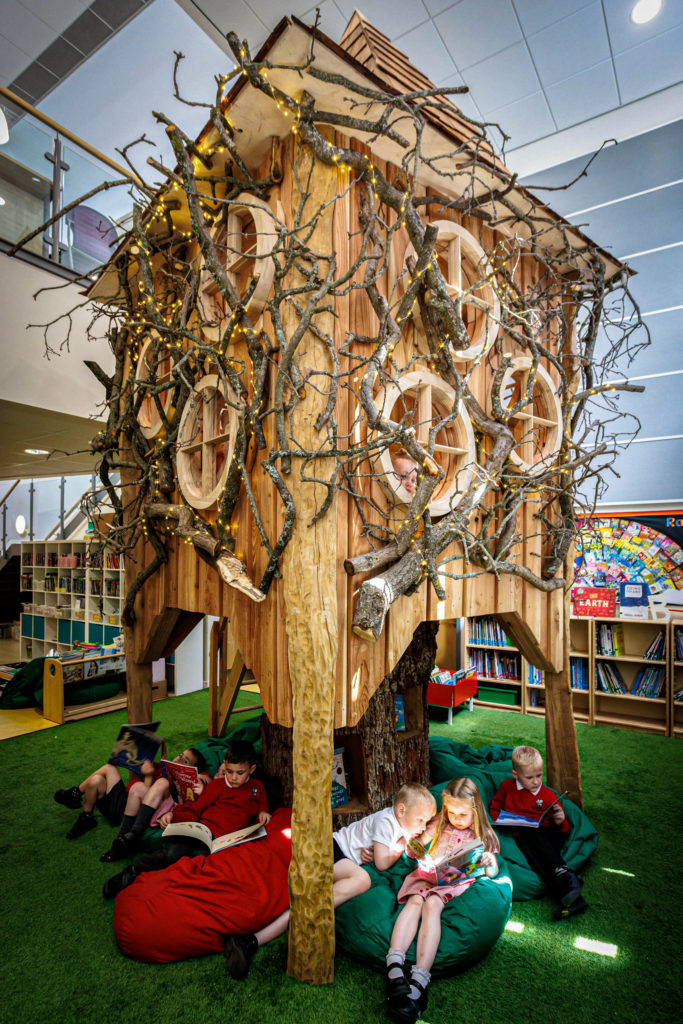
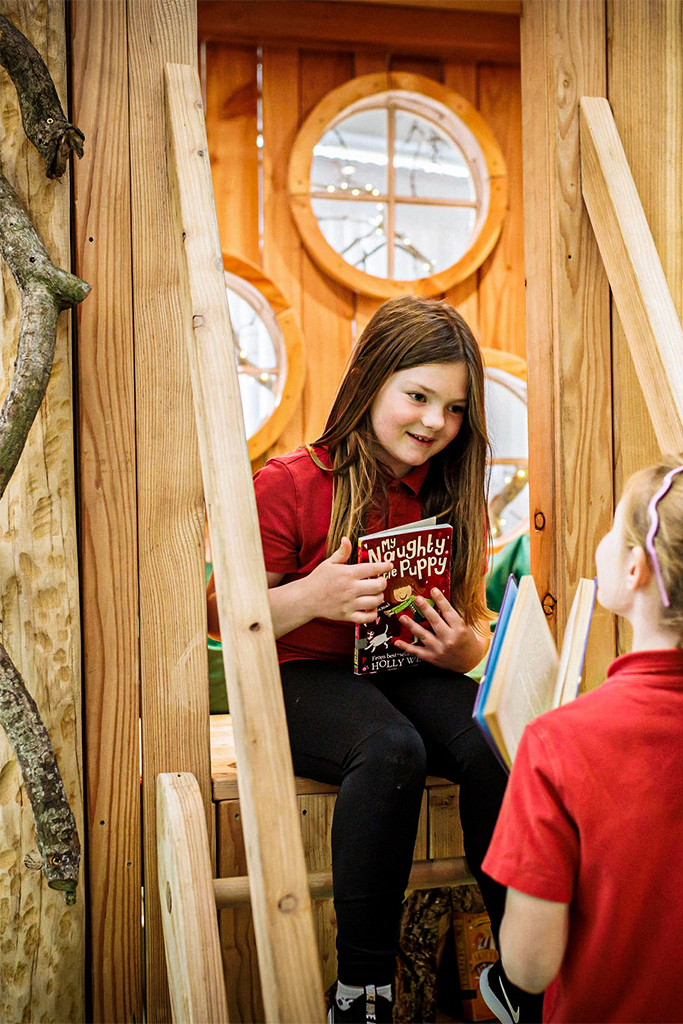
Understanding Quiet Areas
But what exactly are these quiet areas? They are not just about the absence of noise. Imagine a space filled with soft textures, soothing colours, and elements of nature such as plants or water features. The design possibilities for quiet zones are endless, and each one can be unique, reflecting the needs and preferences of the children who use it.
Case Studies
One great example of adding a quiet area in a play space is a treehouse we built for Winford Church of England Primary School. This structure provides a snug, secluded corner for children, complete with comfy seating and a curated selection of engaging books. It’s a haven where young minds can retreat, read, and let their imaginations roam free.
But the concept of quiet play extends beyond just reading corners. Imagine sensory play areas that double as nature observation zones. Think bird watching towers where children can quietly observe feathered friends in their natural habitat, or bee hotels and ant houses that offer fascinating insights into the world of insects.
Likewise, let’s not forget the power of sensory planting. Adding plants like lavender, thyme and lamb’s ear into your play area not only adds a touch of nature but also stimulates the senses with distinctive textures and fragrances. These elements combine to create an immersive environment that encourages quiet play and nurtures a love for nature in children.
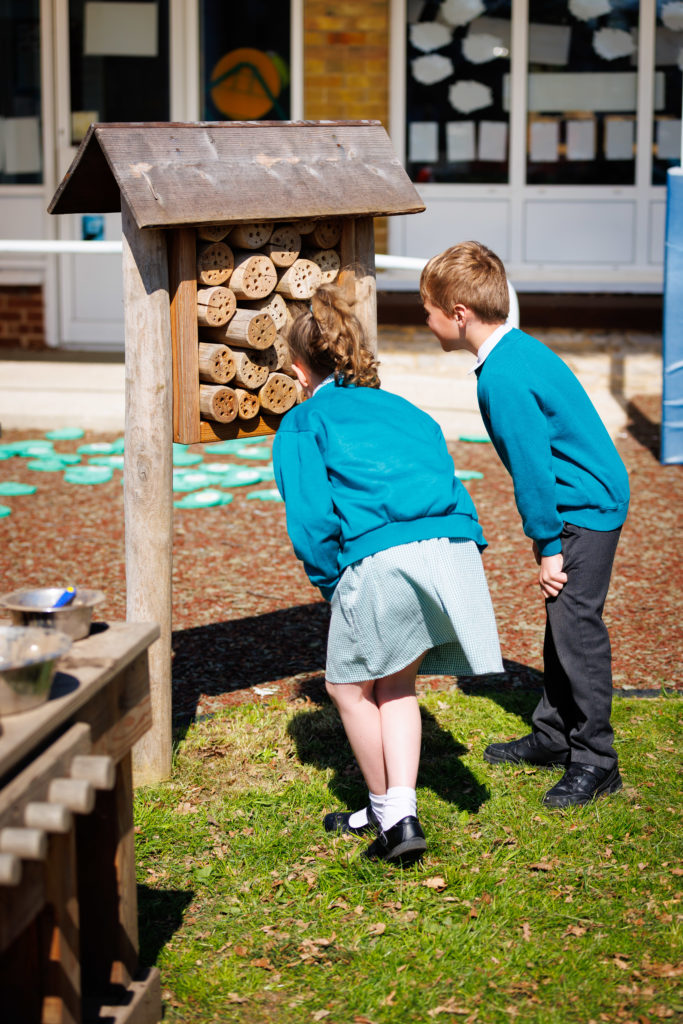
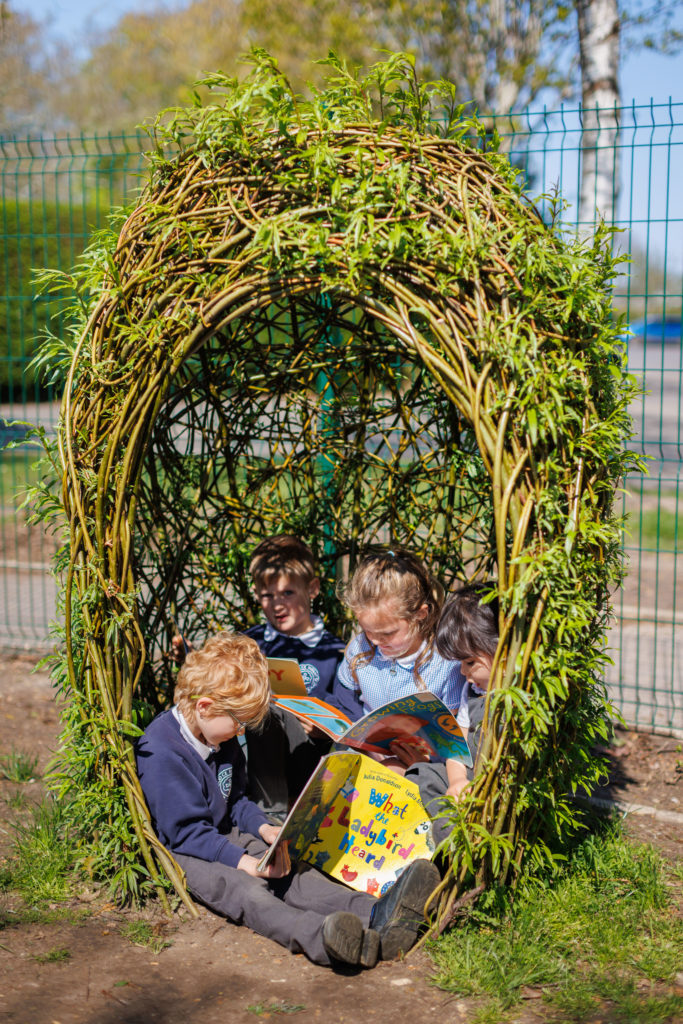
The Role of Schools, Communities and Businesses
Schools have a unique opportunity to integrate quiet areas into their existing playgrounds. They can start by identifying suitable areas within the playground that can be transformed: underused corners or naturally shaded areas under trees. Schools can involve students in this process, turning it into a learning experience about mental health.
Communities, on the other hand, can support this initiative by providing resources and volunteering efforts. Local businesses can sponsor the creation of quiet zones and local organisations can offer workshops or informational sessions about the benefits of these zones.
The success of quiet zones in playgrounds largely depend on the active participation and collaboration of schools and communities. It’s a collective effort towards a common goal – promoting mental health among our children.
In today’s fast-paced world, the importance of quiet play for children cannot be overstated. It provides a much-needed respite, allowing children to unwind and engage with their surroundings in a meaningful way. If you’re considering a playground for your organisation, incorporating a quiet area is not just an addition, but a necessity.
As a leading playground manufacturer, TouchWood Play can help you create a playground that caters to every child’s needs. Reach out to us today to make quiet play a reality in your playground. You can also browse play structures designed for schoolyards.
